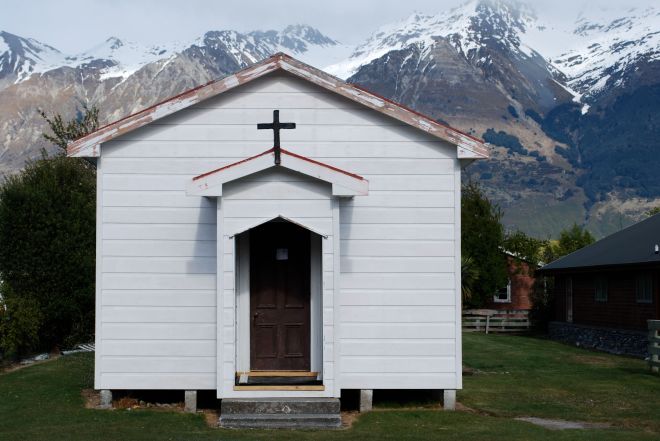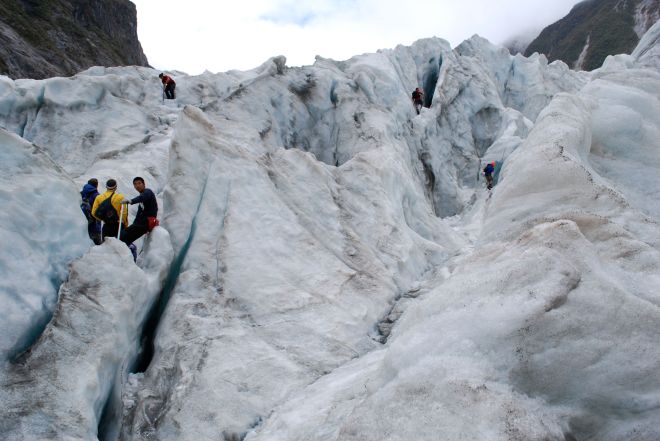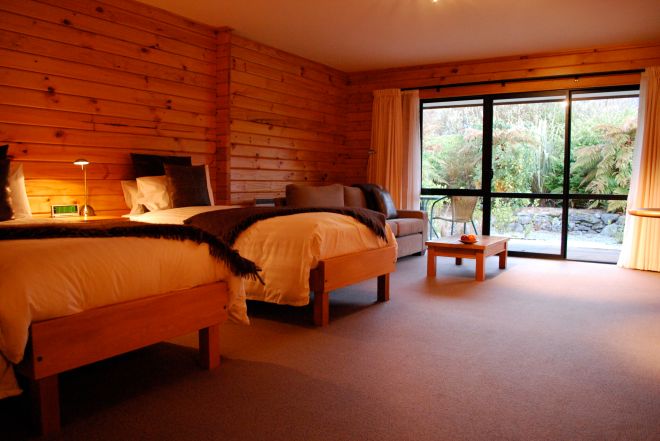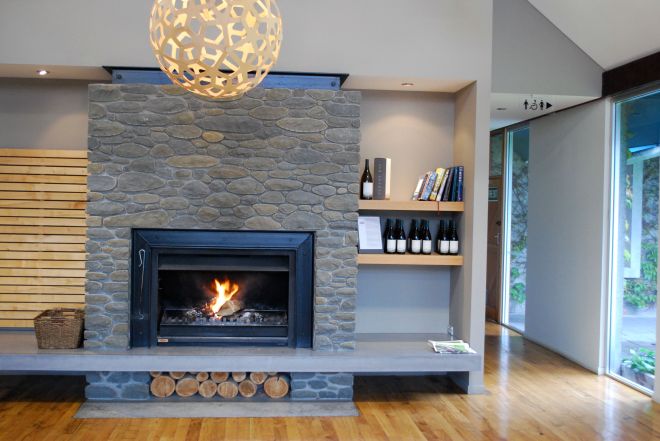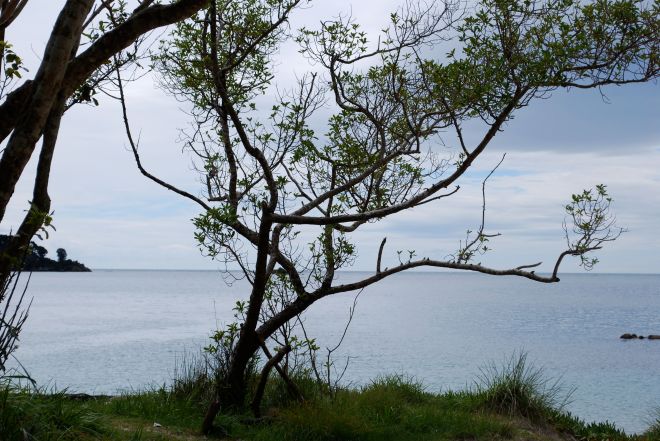Christchurch, New Zealand
Our room rate included a continental breakfast, which was mediocre at best. The croissants were stale and the brewed coffee would not have won any awards. Given the accolades that the George has received, it was a bit disappointing.
On this, the final day of our two-week trip through New Zealand, we focused on art, starting at the Christchurch Art Gallery, a beautifully designed yet completely bizarre place. The gigantic inflatable finger in the lobby might have been our first sign that this museum would have us questioning the definition of “art.” (Similar to my experience at MUMOK in Vienna.)


The Arts Center was much more up our alley. Formerly University of Canterbury, the gothic building has been transformed into a cooperative, with independent artists setting up small studios within. We purchased some gifts from a local potter before heading back to the hotel.



High Street and SOL Square is the fashionable part of Christchurch, so we headed there next to look at the terribly unfashionable clothing boutiques and small art galleries. Nood, a furniture store specializing in mid-century modern furnishings, was selling a really cool George Nelson clock at a great price. It was too good to pass up.
Now, I’ve just got to figure out how the heck to haul it home.
Returning to the George, we walked through central Cathedral Square, where alongside the namesake Christchurch, a modern conical sculpture had been built to commemorate the millennium. Inside, a choir practiced and intricate stained-glass windows lined the walls.




The saleswoman at Global Culture (cool t-shirts) recommended an Italian place on Columbo Street for dinner. Café Valentino had a hearty seafood chowder (“It’s yummmmmy,” the store clerk had said earlier in the day. We now agreed.). The thin-crust pizza, however, which we had heard was baked in a wood-burning oven, was a little soggy.
As we finished up our Mac’s Gold beers, we reflected on this remarkable island nation. The Kiwis are some of the most friendly, outgoing people that we have ever met. They are trusting and clearly place a strong emphasis on community and family. Their isolation here has bred within them a perpetual need for adventure. It has also instilled a sense of sustainable building practices and contemporary architecture — although their fashion sense is far from that of Paris.
Having driven about 2,000 miles of it, we can say that this is a beautiful country, one with 4 million residents and 40 million sheep. It is raw and, at times, desolate. But it is these very characteristics that makes New Zealand one of the most spectacular places that I’ve ever visited.
My hellish trip home, about 13,000 miles and 30 hours, commences at 9 a.m. tomorrow. I’ll fly from Christchurch to Auckland to Los Angeles to Memphis to Raleigh. Remarkably, if all goes as planned, I’ll be back in Chapel Hill at 8 p.m. — on the same day.
Nothing like ending a trip like this with a bit of time travel.


































